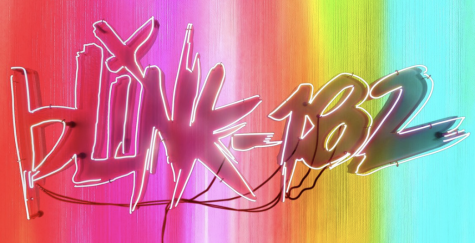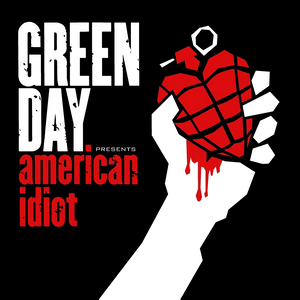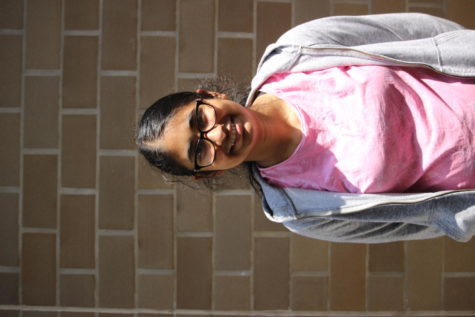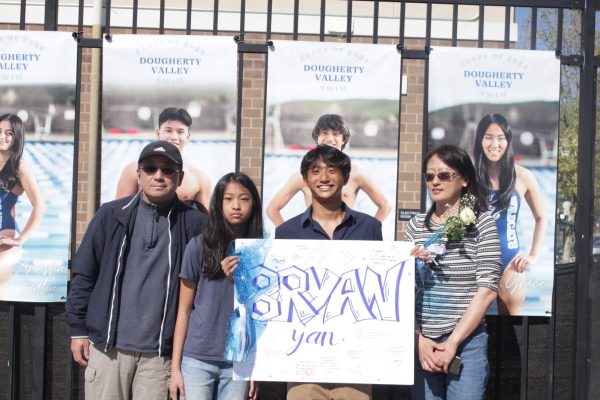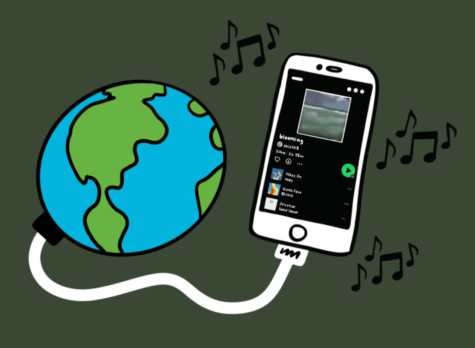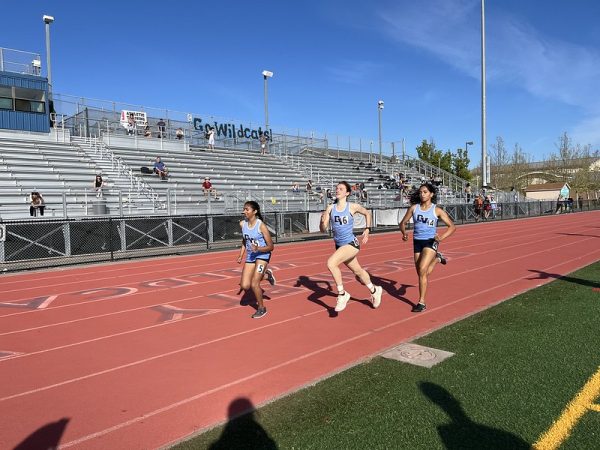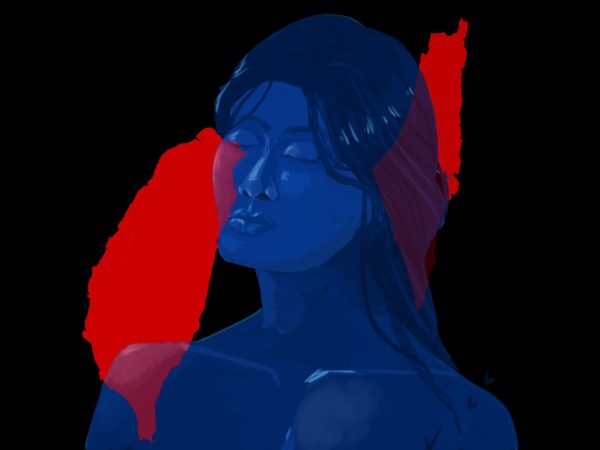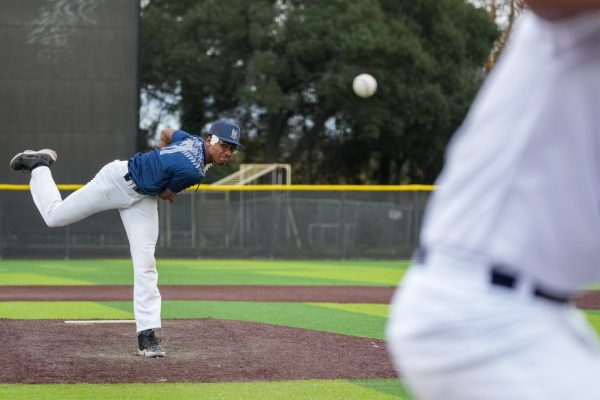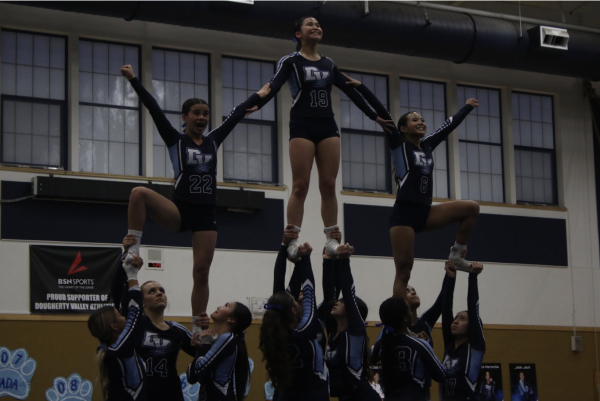The legacy of Woodstock proves its relevance in light of its 50th anniversary
December 31, 2019
In Aug., another Woodstock festival, called Woodstock 50, was supposed to occur. This would have been the seventh festival held, after the festivals which occurred in 1979, 1989, 1994, 1999 and 2009, all during Aug. in upstate New York.
Woodstock was a rock music festival intended to promote peace. At the original festival in 1969, many artists who were then unknown but later became famous performed, such as Jimi Hendrix, Janis Joplin, and the Grateful Dead.
And the first one did exactly that. Attracting an audience of more than 400,000, it was performed outdoors during rain, and lacked the violence and chaos which would define the festivals that took place in the ‘90s.
Out of all of the successive festivals, Woodstock ‘94 and ‘99 were the two most well known.
Woodstock ‘94 was a two-day festival, occurring from Aug. 15-17. More people attended than Woodstock ‘69, garnering an attendance of 550,000 people.
One of the more memorable events of Woodstock ‘94 was a mud fight that broke out during Green Day’s set. Festivals in general are already chaotic enough with thousands of people attending, but in ‘94 the event was met with heavy rain which, when mixed with around 550,000 people, guaranteed that chaos would ensue.
During Green Day’s performance, both frontman Billie Joe Armstrong and bassist Mike Dirnt were splattered with mud. Fans started jumping on stage and throwing mud at the performers, and Armstrong threw mud back at the audience. When attempting to leave the stage, Dirnt was tackled by a security guard, who smashed his front teeth, an intervention that required an emergency visit to the dentist for surgery the following day.
“It was a crazy set — a set that changed our whole lives, really. After that day, tons of people were showing up at our shows. That was kind of the pivot moment —that was the green-jacket moment for this band,” Green Day drummer Tré Cool said in the Member Guest podcast.
Nine Inch Nails had ulterior motives for performing. Their lead singer, Trent Reznor, disliked the performance due to technical difficulties and the fact that the festival was so large. He admitted that the only reason they agreed to perform was for money in an interview with Rolling Stone: “To be quite frank, it’s basically to offset the cost of the tour we’re doing right now.”
Like Green Day, Nine Inch Nails performed completely in mud due to the heavy rains which occurred. “On the way to the stage there was a little accident,” Trent Reznor said to MTV. “It turns into a mud wrestling thing that escalated into a full-scale mud riot. I accidentally tripped and pushed Danny Lohner’s [the live instrumentalist] face into the mud. He retaliated by body-slamming me.”
Other acts who performed at the ‘94 festival included many alternative rock bands like Collective Soul, Blind Melon, Cypress Hill, Metallica, Aerosmith, and The Cranberries.
The ‘99 festival changed people’s perception of Woodstock as a whole. Unlike the previous festivals, it was more violent. It was characterized by violence, sexual assault, allegations of rape, looting, and fires. With an attendance of around 400,000, it had less than Woodstock ‘94, yet it became the most well-known out of the two ‘90s festivals.
The ‘99 festival was labeled by The San Francisco Chronicle as “the day that music died.” and can be compared today to the Fyre festival.
Limp Bizkit, a nu metal band, were largely blamed for the riots that occured with their song “Break Stuff” which encouraged people to riot. While it’s arguable whether or not the band is really to blame, they quickly became the villians for what had followed.
Many were injured as a result of the riots. There were 1,200 injuries, 44 arrests and four alleged sexual assaults. Fires and destruction followed; mobs looted and destroyed tents, and toppled equipment. Images of the riots resemble more of a dystopian novel then a music festival, but then again, Woodstock isn’t your typical festival.
A group of well meaning peace promoters led by Pax (an anti-gun violence organization) unintentionally caused the fires when they passed out candles at their booth, meaning to light them for a candlelight virgil during the Red Hot Chili Peppers’ performance of “Under the Bridge”. Needless to say, things quickly got out of hand.
“The whole scene was scary. There were just waves of hatred bouncing around the place, … It was like a concentration camp.” MTV host Kurt Loder said in an issue of USA Today. “To get in, you get frisked to make sure you’re not bringing in any water or food that would prevent you from buying from their outrageously priced booths. You wallow around in garbage and human waste. There was a palpable mood of anger.”
In the aftermath, police had to investigate cases of rape and negligent medical care at the concert, as eye-wittnesses saw someone getting gang raped and many people became injured.
While it might seem that they are all different from each other, all three of the large-scale festivals brought music fans together to enjoy a summer weekend in upstate New York, away from the chaos of the rest of the world. The festival that was supposed to occur this year was planned to be another large-scale festival, and it was hoped that that one would bring back the ideals of the original Woodstock.
The 50th anniversary of the original festival was this year, and another festival was scheduled to occur in Aug. This time, artists of many different genres were planned to perform, not just rock; The Killers were even planned to perform with Miley Cyrus.
The original Woodstock’s co-creator, Michael Lang, helped organize the festival. His plan was to have the modern pop artists of today perform alongside the musical acts which had performed at the ‘69 festival. However, due to many organizational issues, the show was cancelled, to the dismay of many music fans around the world.
In a press release, representatives of Woodstock 50 said that “unforeseen setbacks made it impossible to put on a festival we imagined with the great line-up we had booked and the social engagement we were anticipating”
As one of the biggest rock music festivals of all time and a major event which shaped the course of ‘60s culture, the legacy of Woodstock has remained untouched since then, as audience interest has increased around its anniversaries, and looking at what exactly happened at the first Woodstock, it is not at all hard to imagine why.
A large air of mystery and intrigue surrounds the original Woodstock, and the magic has been tried to be recreated since, succeeding sometimes but failing the majority of the time. As long as audiences continue to be interested, Woodstock continues to be relevant during its 50th anniversary, even if the revival didn’t happen.


